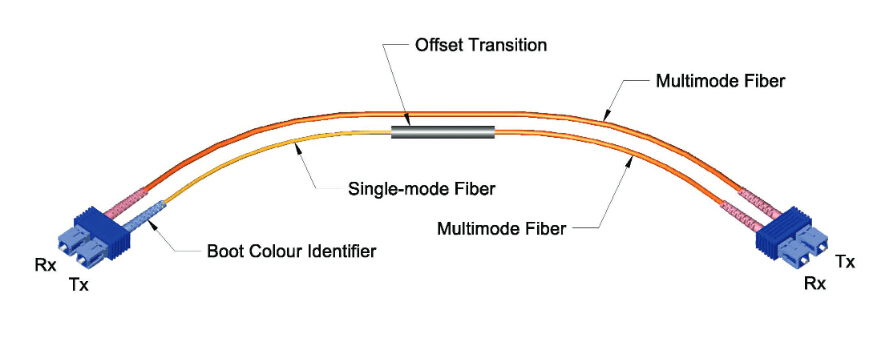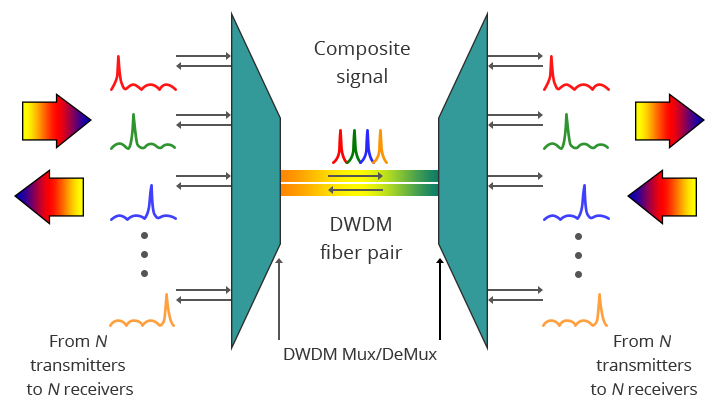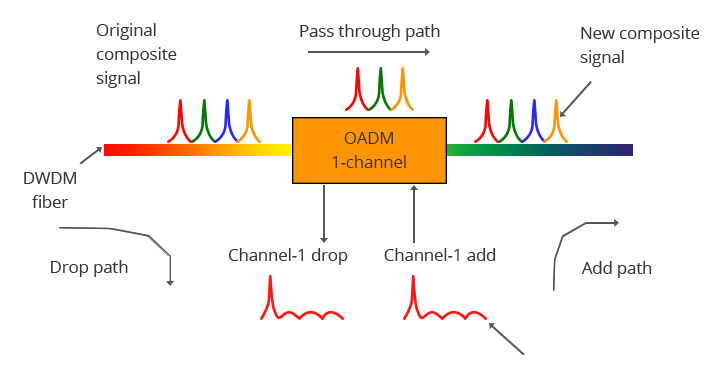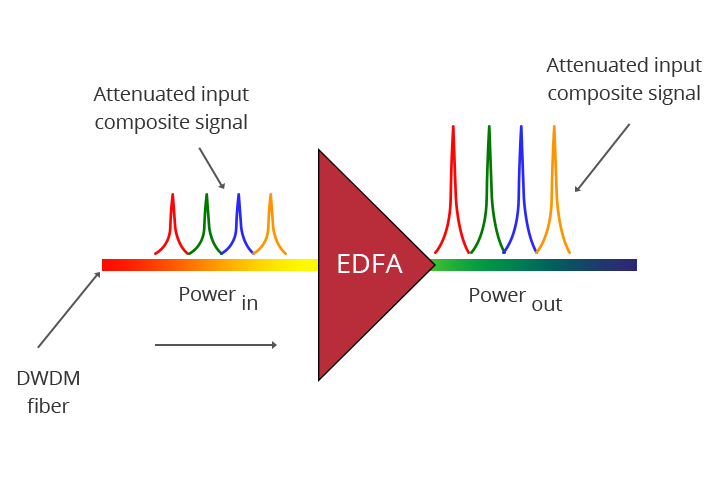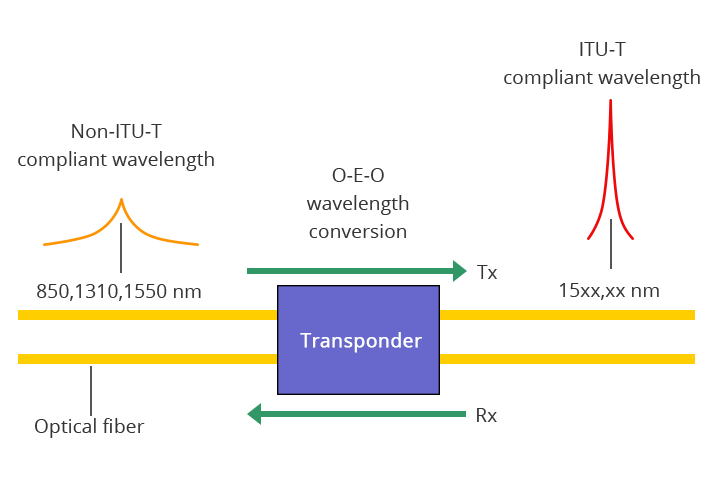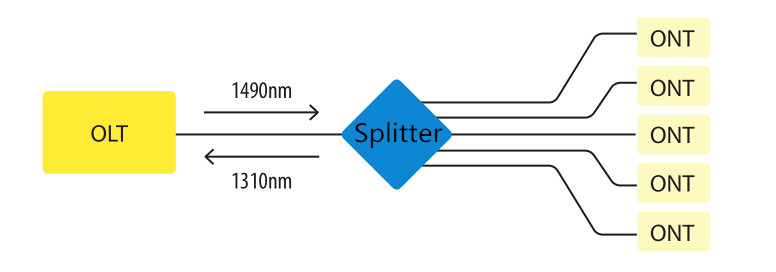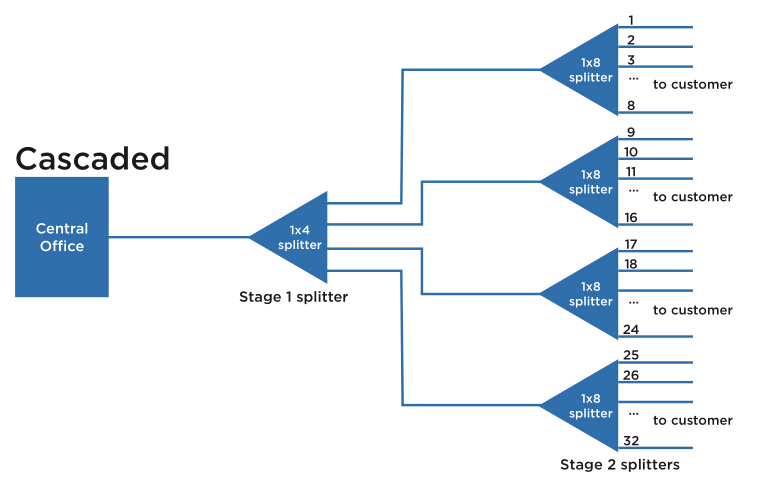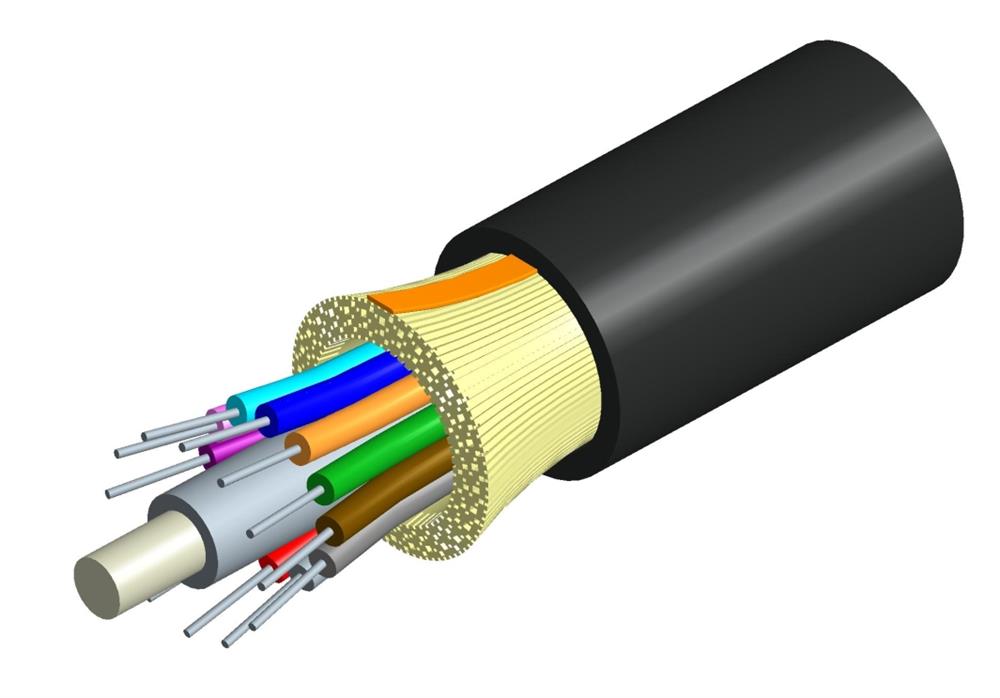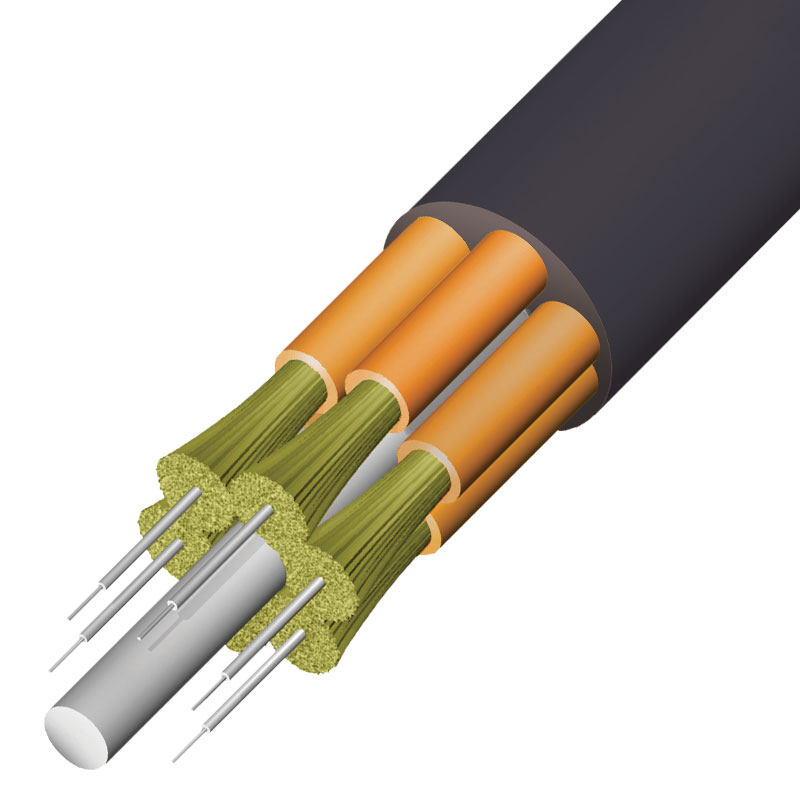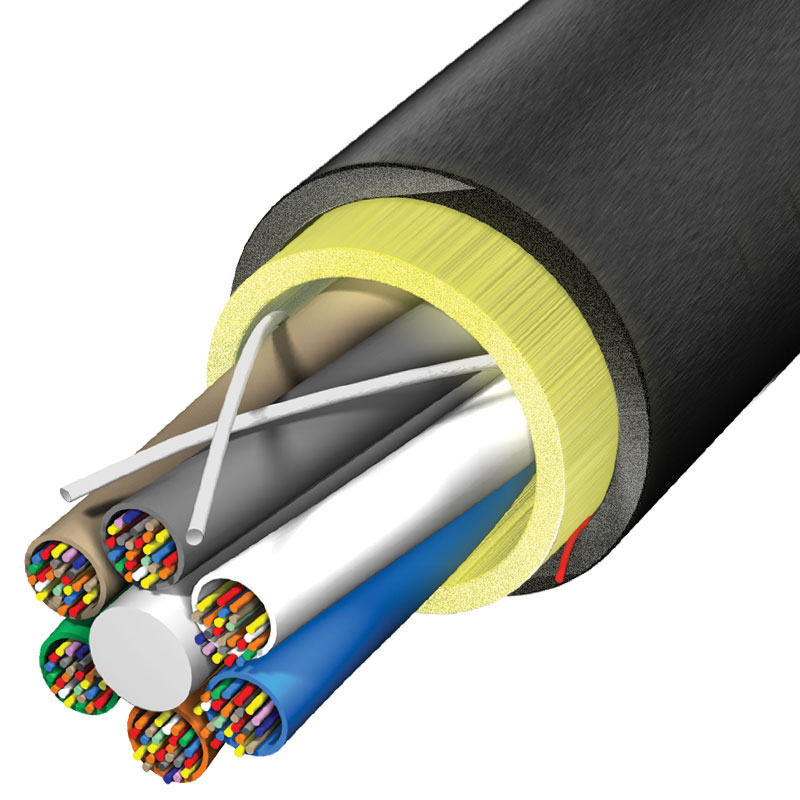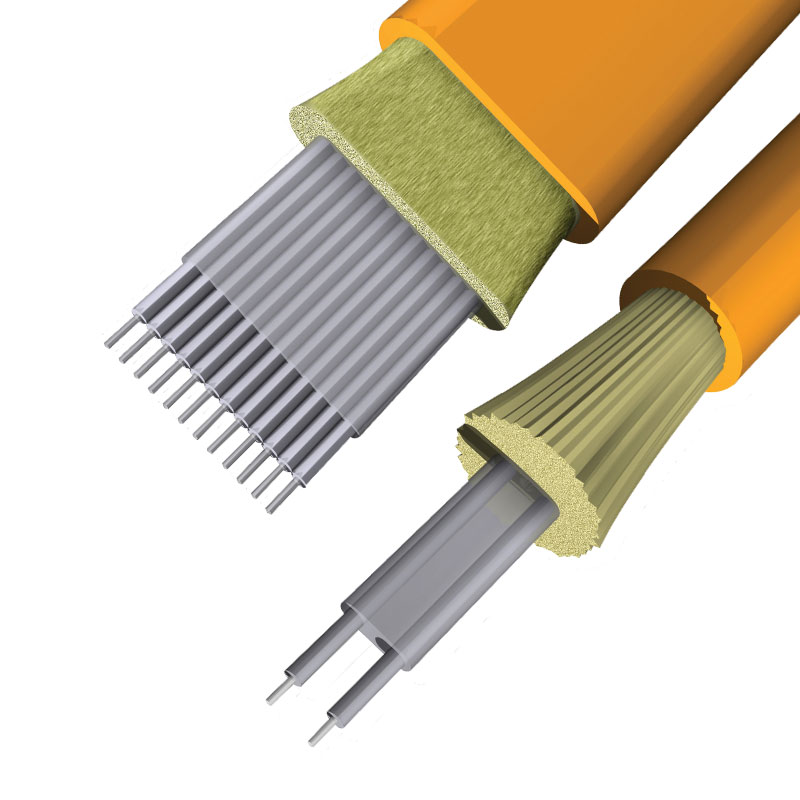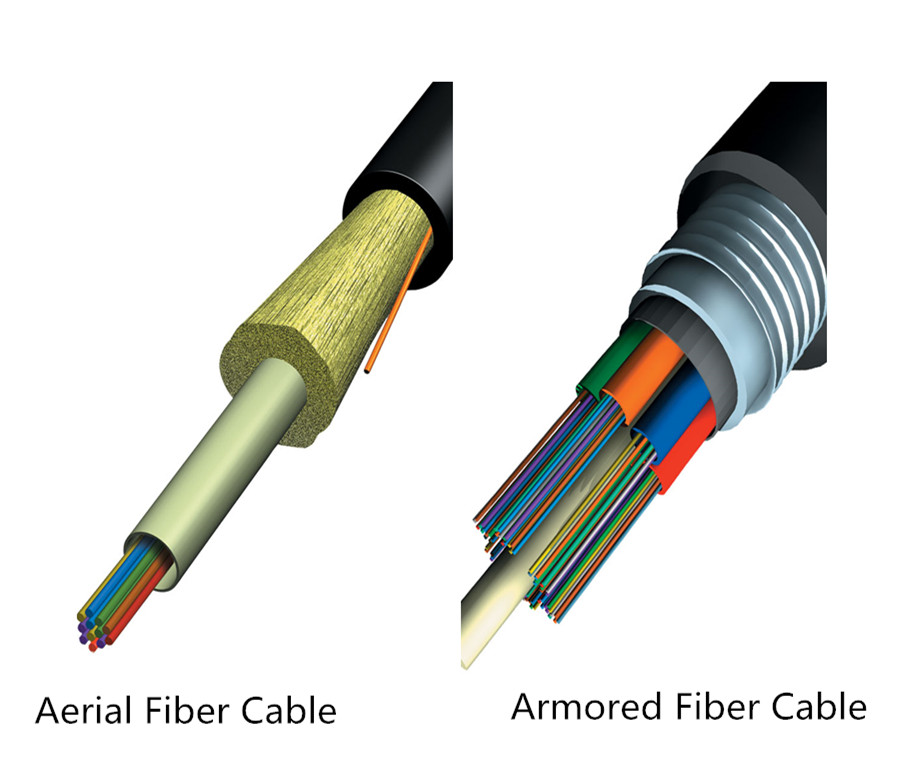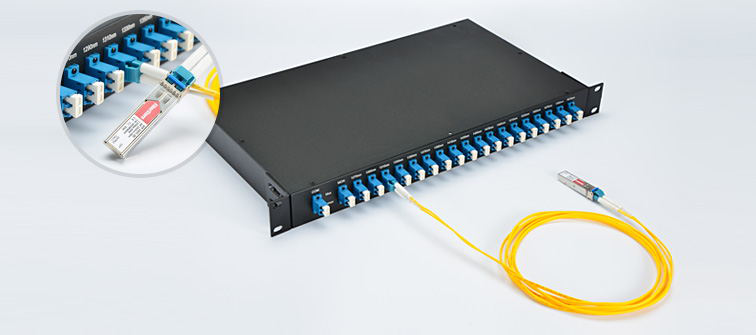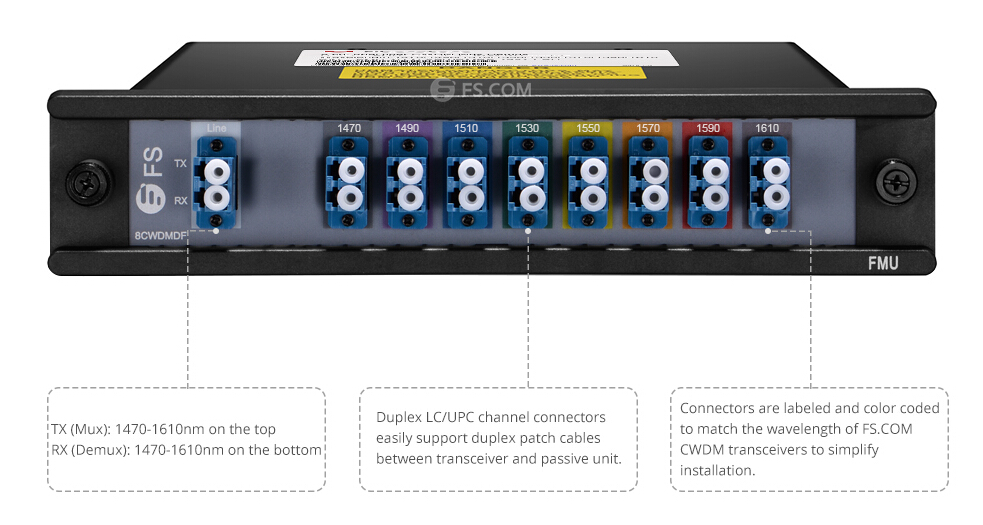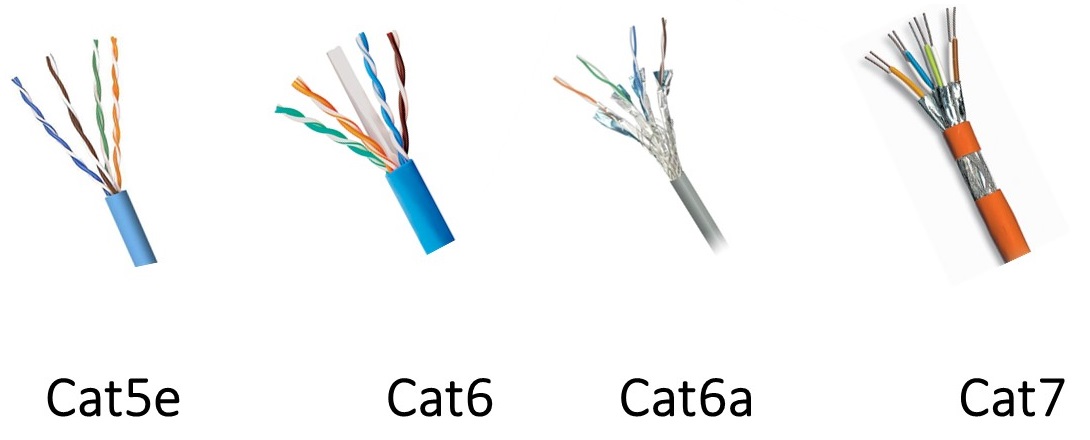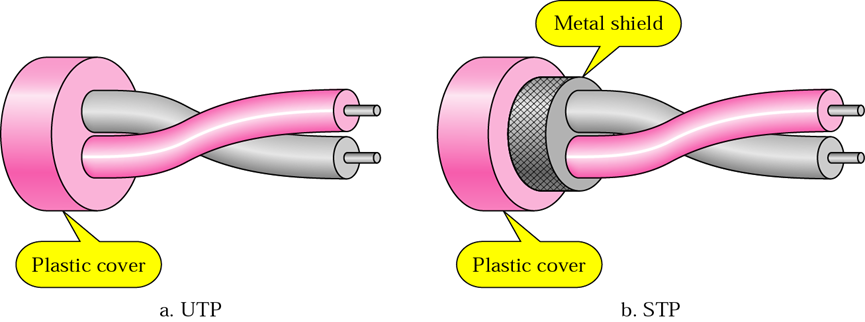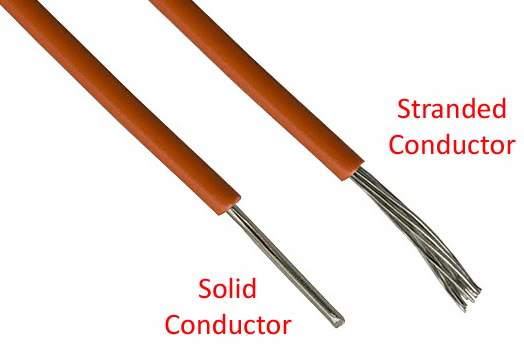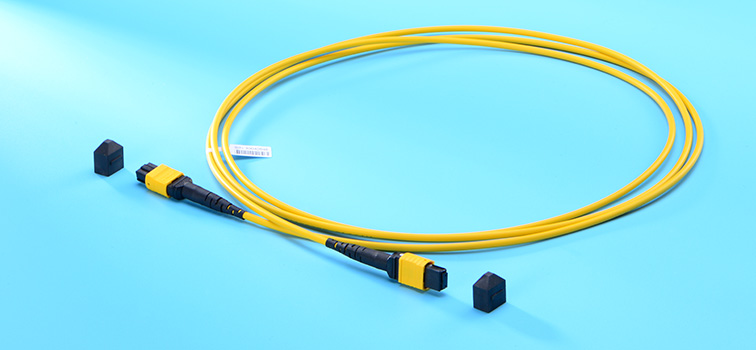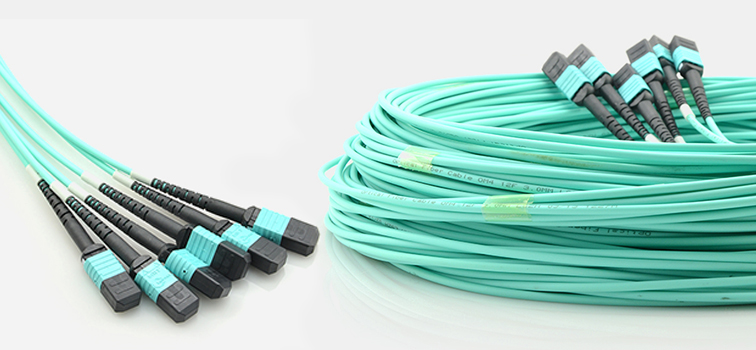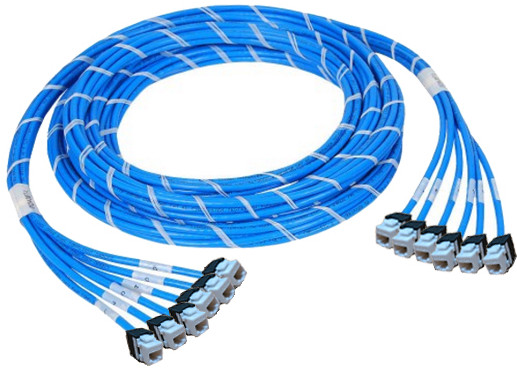When
talking about fiber optic patch cables, you may know LC fiber patch
cables or MTP/MPO fiber cables. Besides these cables, there are some
special fiber patch cables, such as mode conditioning patch cables,
which has been introduced in the previous article. Today we will
introduce another special fiber patch cable—polarization maintaining
(PM) fiber patch cables.
Definition of PM Patch Cables
At the very first beginning, let’s check the basic definition about the PM patch cables.
PM patch cords are based on a high precision butt-style connection
technique. The PM axis orientation is maintained by using male
connectors with a positioning key and a bulkhead female receptacle with a
tightly toleranced keyway, ensuring good repeatability in extinction
ratios and insertion losses.
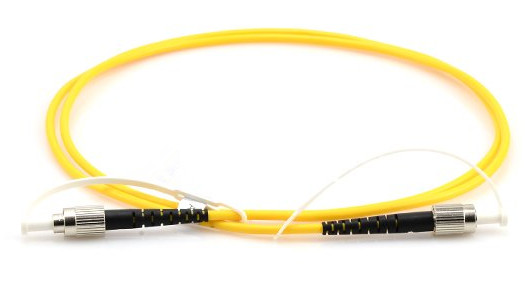
Why Need PM Patch Cables?
When
a normal fiber is bent or twisted, stresses are induced in the fiber
and the stresses will change the polarization state of light traveling
through the fiber. If the fiber is subjected to any external
perturbations, say changes in the fiber’s position or temperature, then
the final output polarization will vary with the time. This is true for
even short lengths of fiber, and is undesirable in many applications
that require a constant output polarization from the fiber.
To
solve this problem, PM fibers are developed. These fibers work by
inducing a difference in the speed of light for two perpendicular
polarizations traveling through the fiber. This birefringence creates
two principal transmission axes within the fiber, known respectively as
the fast and slow axes of the fiber. Provided the input light into a PM
fiber is linearly polarized and orientated along one of these two axis,
then the output light from the fiber will remain linearly polarized and
aligned with that axis, even when subjected to external stresses. A one
meter long connectorized patch cord constructed with PM fiber can
typically maintain polarization to at least 30dB at 1550 nm when
properly used. Naturally, how well a PM fiber maintains polarization
depends on the input launch conditions into the fiber. Perhaps the most
important factor is the alignment between the polarization axis of the
light with the slow axis of the fiber.
Connectors of PM Patch Cables
Given
the importance of the alignment of the PM axis across a connection, the
choice of connector is especially important. The most common type of PM
connector is FC connector which has a positioning key to preserve the
angular orientation of the fiber. The industry standard is to align the
slow axis of the fiber with the connector key. The tolerances between
the key and keyway on standard FC connectors are too loose to accurately
maintain angular alignment, so manufacturers have tightened the key
dimension tolerances on PM connectors. The key dimensions being used are
based on FC angle polished connector (APC) standards. Unfortunately,
two APC standards are currently on the market, a narrow, or reduced key
design, and a wide key design. The two dimensions are incompatible with
one another, so it is important to know beforehand which design you are
using. Besides the FC connectors, PM patch cables using other connector
types are also available, such as SC connectors. In all cases, there
must be a key or similar structure to act as a reference, and tight
tolerances must be kept to ensure that the ferrules cannot rotate.
Conclusion
PM
patch cables are widely used in polarization sensitive fiber optic
systems for transmission of light that requires the PM state to be
maintained. FS.COM provides polarization maintaining (PM) patch cables
with various connector types. For the details, welcome to visit
www.fs.com.
Originally published: www.fiberopticshare.com/much-know-pm-patch-cables.html
